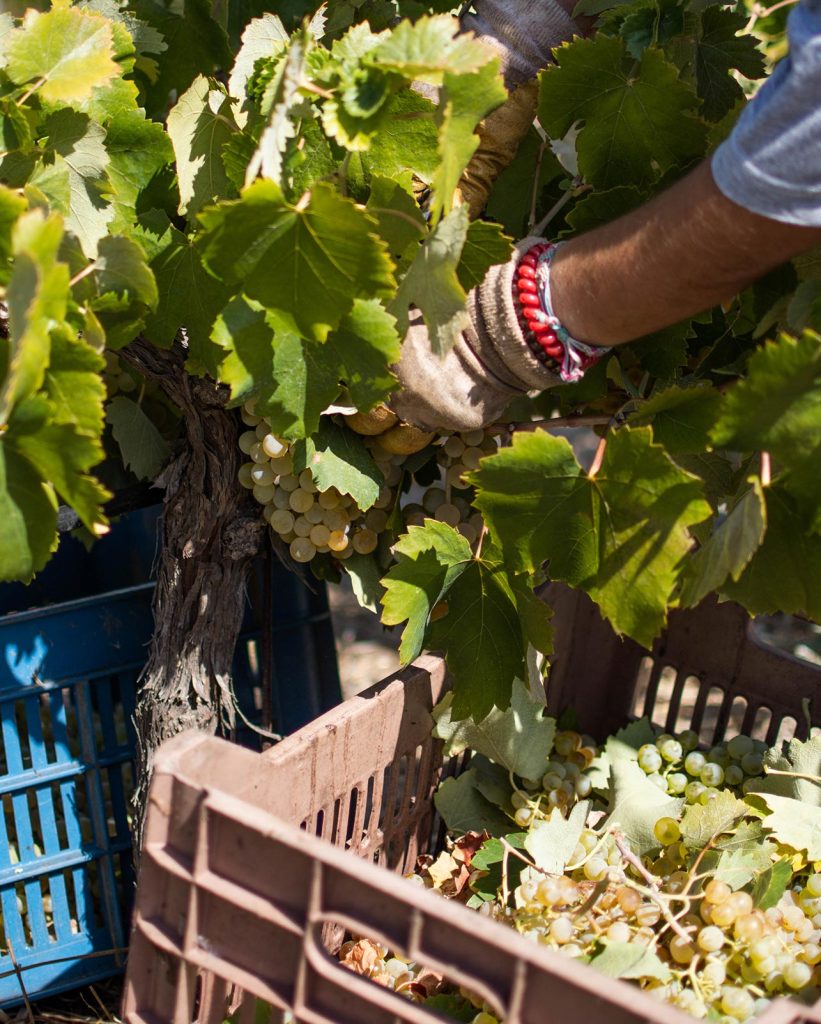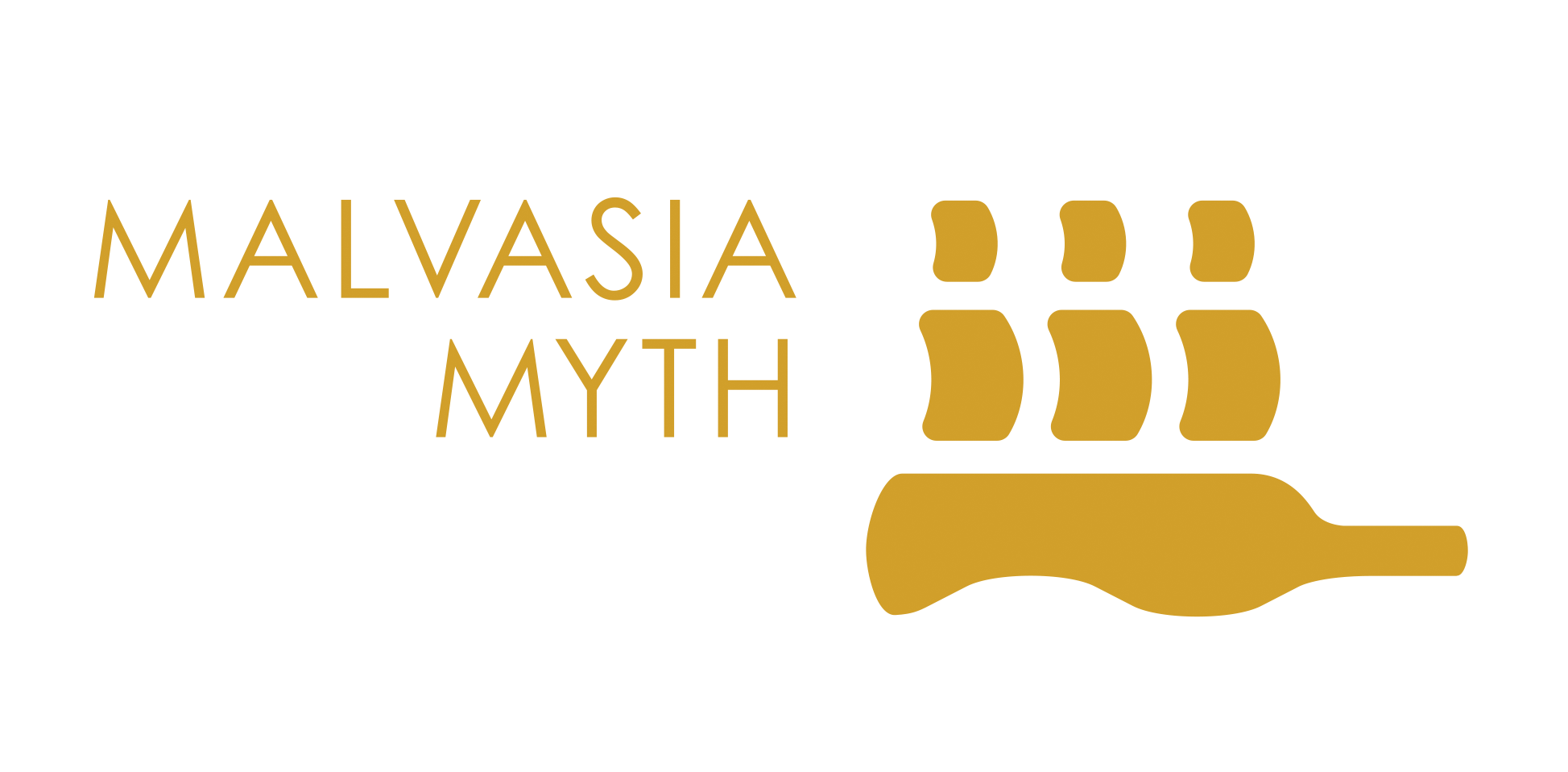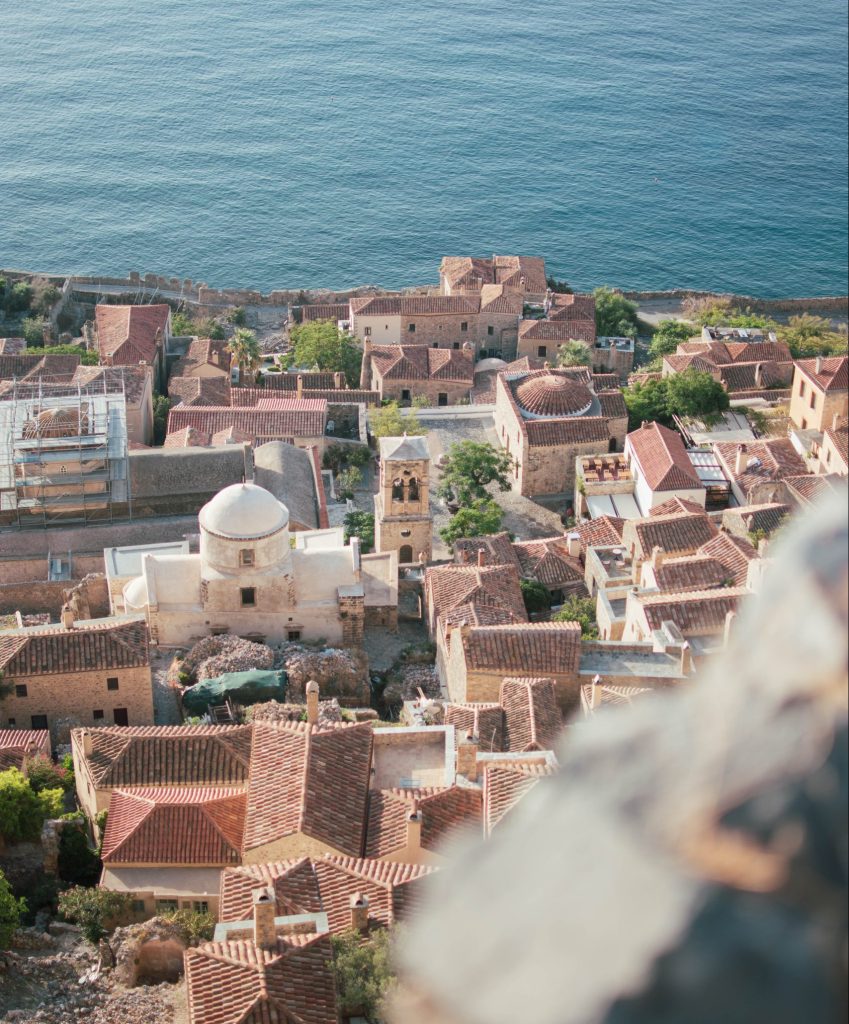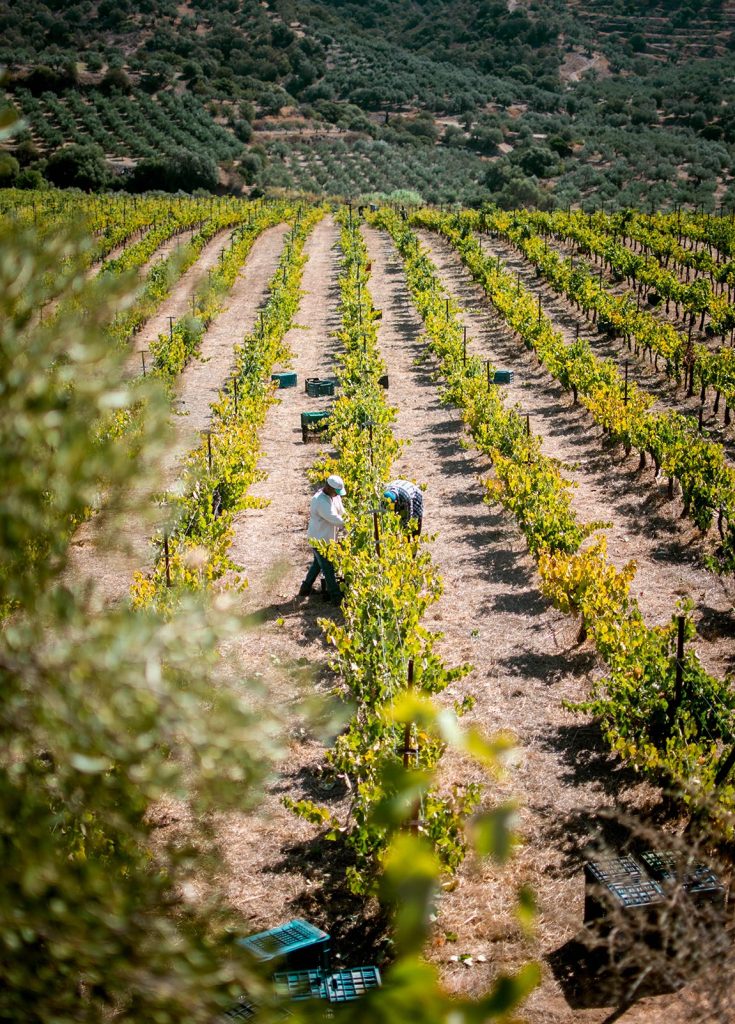Explore all the places connected with malvasia
Malvasia is grown in many parts of Europe, mainly in:
Italy: Emilia-Romagna, Friuli-Venezia Giulia, Lombardy, Apulia, Sicily, Sardinia, Basilicata, Calabria, Campania, Tuscany, Lazio, Umbria, Liguria, Veneto, Abruzzo, Marche, Molise, Piedmont
Spain: Catalonia, Canary Islands
Portugal: Madeira
Croatia: Istria, Dalmatia
Slovenia: Istria, Goriška Brda
Greece: Monemvasia, Paros, Crete
DISCOVER | Greece
Monemvasia: the “Gibraltar of the East”
The Rock of Monemvasia, with its only entrance, the bordering precipices and the city enclosed by the fortifications, has always charmed visitors.
Through the centuries, it constituted a ‘kastron’, a fortress, which had protected its population, and only in the early fifties of the twentieth century was the walled city gradually drained of inhabitants. Many settled on the nearby mainland, where a new settlement developed, outside the narrow boundaries of the medieval city in which all activity had for centuries been confined.
The impression given today is that the Rock is connected to the mainland by a narrow strip of land, which has been cut and a small horizontal bridge constructed over the gap, under which small boats can pass. However, this arrangement is relatively recent, shortly after 1890 when the carriage road was extended from the mainland up to the gate of the Lower Town. Until then there had been an older, vaulted bridge, from the mainland to the Rock, whose superstructure was demolished and the rest embodied in the solid masonry embankments carrying the new road, with a permanent horizontal bridge in the middle of the distance.
Yannis Ritsos, one of the greatest Greek poets, used to refer to his hometown Monemvasia as a “stone ship”, since the Rock of Monemvasia looks like a stranded ship that takes its visitors on an extraordinary journey.
Discover Monemvasia
DISCOVER | Italy
The name Malvasia indicates many vines, most of them white berried, geographically distributed throughout Italy. There are 19 varieties mostly white berried varieties registered in the National Register. Some produce grapes with a more or less marked aromatic flavour, such as Malvasia di Candia Aromatica, Malvasia Istriana and Malvasia Lunga or Chianti. In addition to these, with white fruit, there are black Malvasias, such as those of Casorzo, Schierano, Basilicata, Brindisi, Lecce.
Although of different origins, all these vines share some basic characteristics: in fact they all have, albeit with different degrees of intensity, a spicy fragrance of musk and apricot and rather high sugar residues.
These characteristics make them particularly suitable for the production of sparkling and raisin wines.

DISCOVER | Croatia
Istria
Istria is a region which offers the whole abundant diversity with a glance, from the snow-whiteness of the nearby mountains, the peacefulness of green fields and meadows, plains and valleys, undulating areas with vineyards and olive groves, to the blueness of the endless sea.
Blessed with hills and a moderate climate modulated by the sea breeze and at least four types of soil (red, white, black and gray soil), Istria is ideal for wine growing. The diverse soils are additionally enriched with limestone deposits in depth, opening up possibilities for the cultivation and production of numerous varieties – red, white and rosé wines, from indigenous and globally distributed varieties, to smaller quantities of sparkling and sweet wines.
The Istrian eno-icon is the young, fresh Istrian Malvasia, which comprises almost 70% of the production and is the best-loved white wine in Croatia. Istrian Malvasia has a full body and luxurious fruity notes. On the nose you can feel honey, lemon peel, pear, with a nutty, slightly bitter finish.


